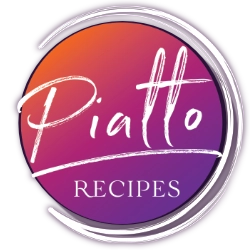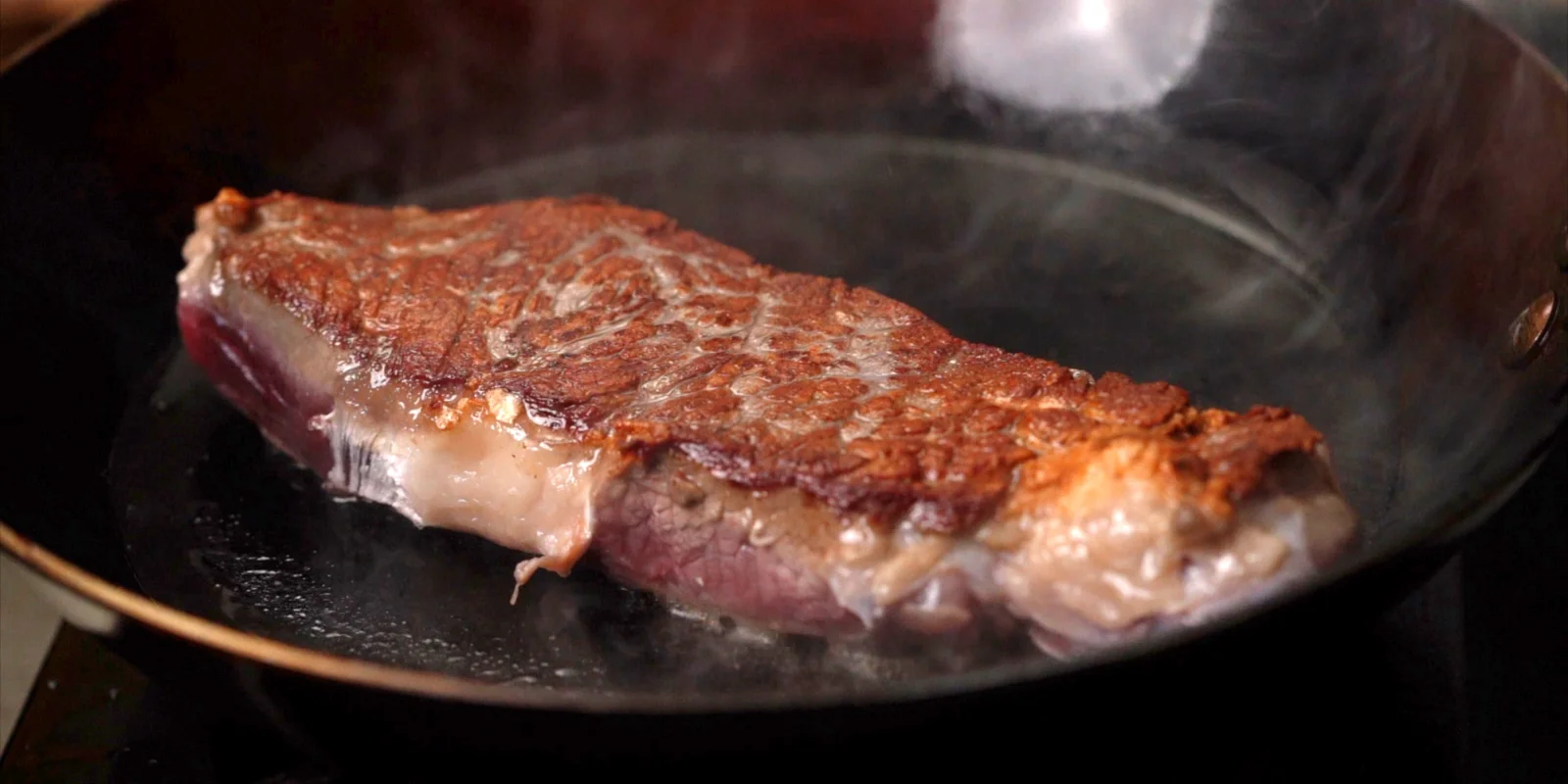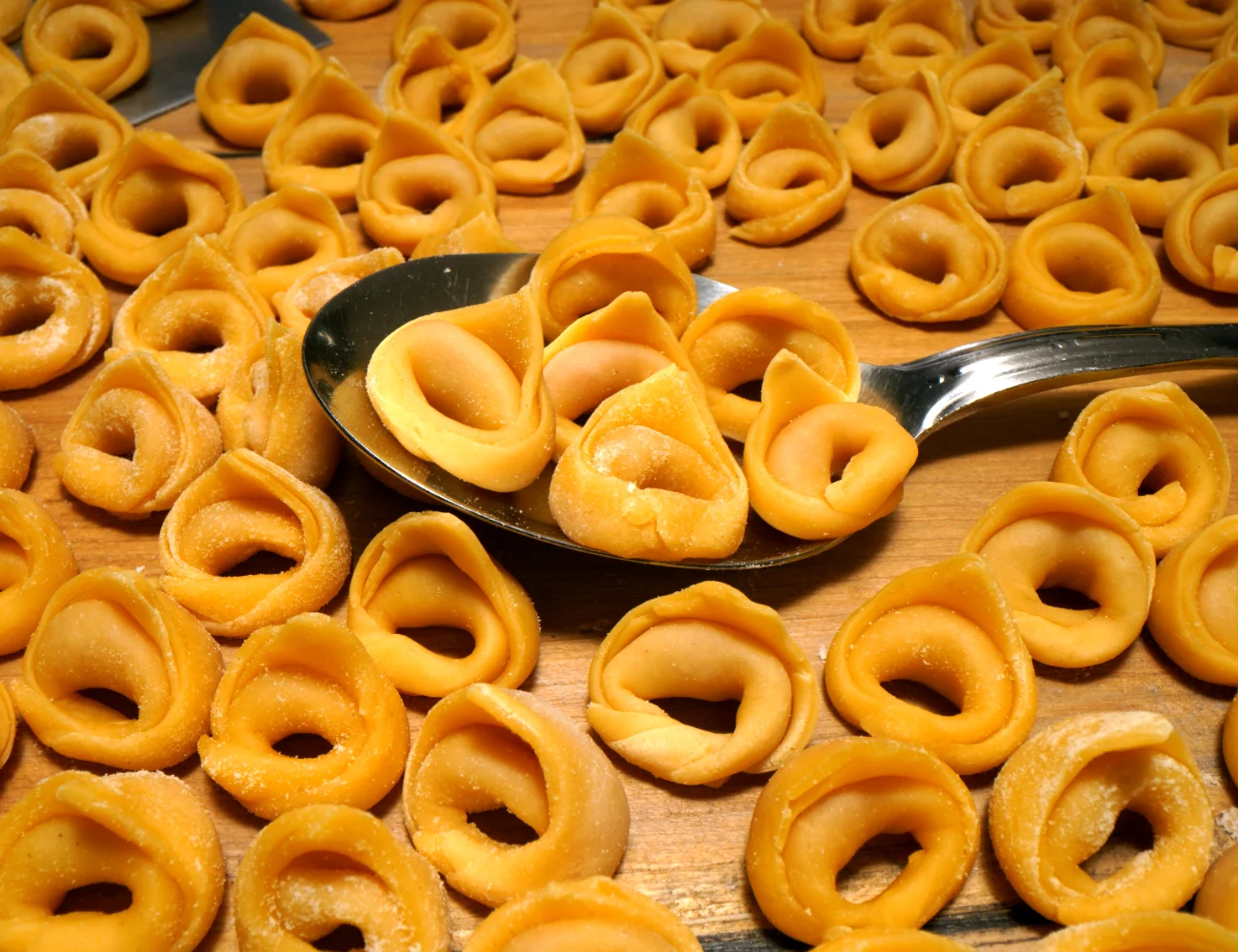In the grand orchestra of culinary techniques, each cooking method plays its own unique instrument, contributing to the harmonious symphony of gastronomy. Among these, one technique stands out for its impressive display of pyrotechnics and its ability to significantly elevate the flavor and texture of food. This technique is searing, a high-heat process that can transform a simple piece of meat into a gourmet masterpiece. What is searing?
What is Searing?
Searing is a cooking method that involves applying high heat to the surface of food, such as meat or fish, until a caramelized crust forms. The crust, rich in color and texture, is a product of the o, a chemical reaction between amino acids and reducing sugars that gives browned food its distinctive flavor.
The process of searing is a fascinating interplay of heat and food surface, a dance that, when performed correctly, can yield a mesmerizing spectacle of culinary science. It’s a technique that can be applied to a wide variety of foods – from a thick, juicy steak to delicate sea scallops, and even certain vegetables like mushrooms and bell peppers. Essentially, any food that can benefit from a flavorful crust and a tender interior is a candidate for searing.
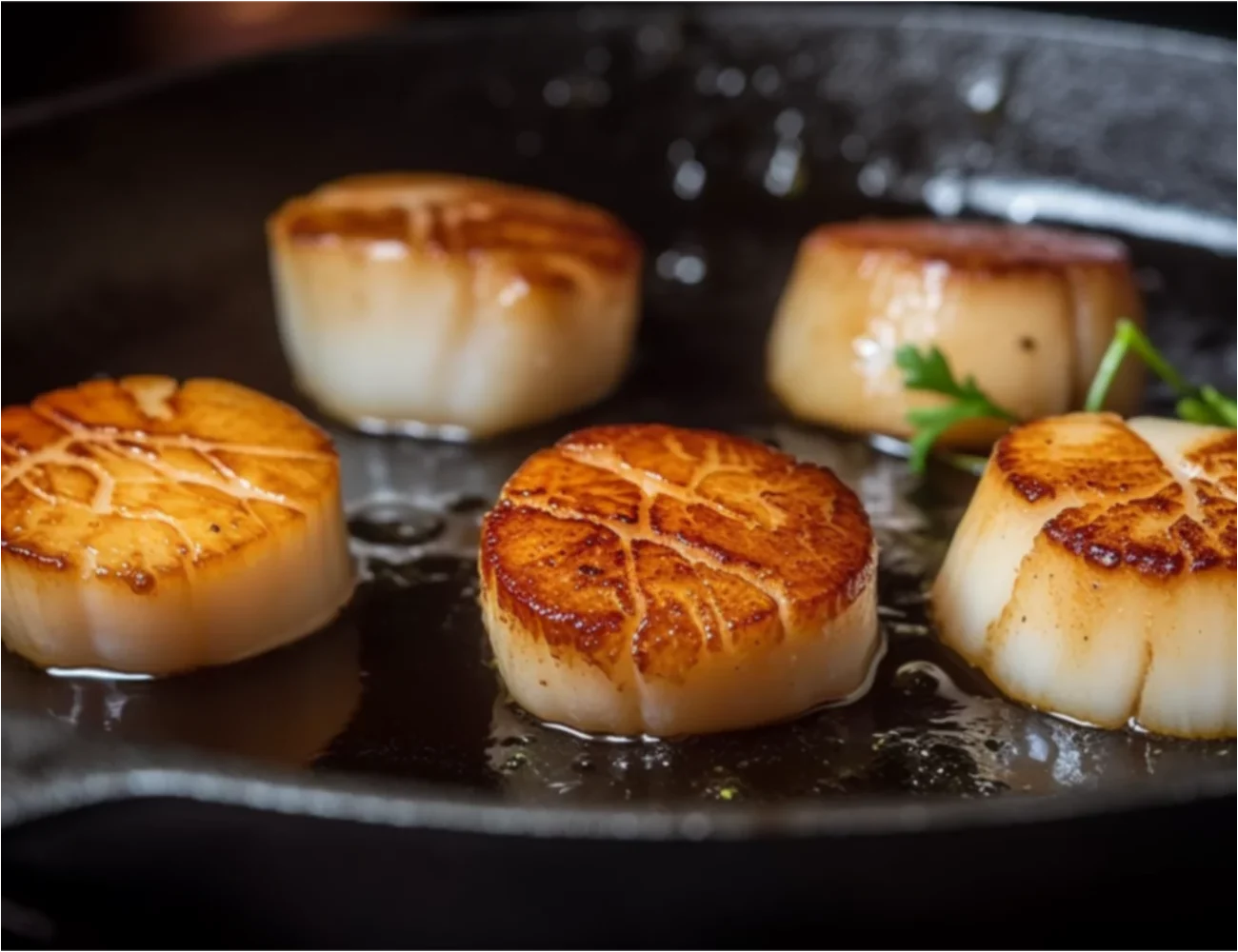
The Myth of Searing: Sealing Juices or Setting Them Free?
The narrative of searing often includes the notion that this process ‘seals in the juices’ of the food, creating a barrier that prevents moisture loss. This theory, while appealing in its simplicity, is a culinary myth. Searing is not akin to wrapping your food in an impenetrable shield; it cannot halt the forces of vaporization that are set in motion when heat is applied to food.
Let’s delve into the scientific basis of this. When you apply heat to the surface of food, the water content within the food begins to heat up, eventually turning into steam. This steam then tries to escape from the food, creating a vapor pressure. At a typical searing temperature of 500°F (260°C), the vapor pressure can reach up to 1371 watts – a force far too potent to be contained by the seared surface.
The Searing Experiment: A One-Inch Thick Filet Mignon
To further dispel this myth, let’s conduct an experiment with a one-inch thick filet mignon. We begin by weighing the steak before searing. Afterward, the steak is seared on a hot pan until a brown crust forms on both sides. Once the searing process is complete, the steak is weighed again.
Invariably, the steak will have lost some weight. The source of this weight loss? Water evaporation. Even after the intense searing, the steak cannot retain all of its moisture. This experiment clearly demonstrates that searing does not seal in juices; rather, it sets them free.
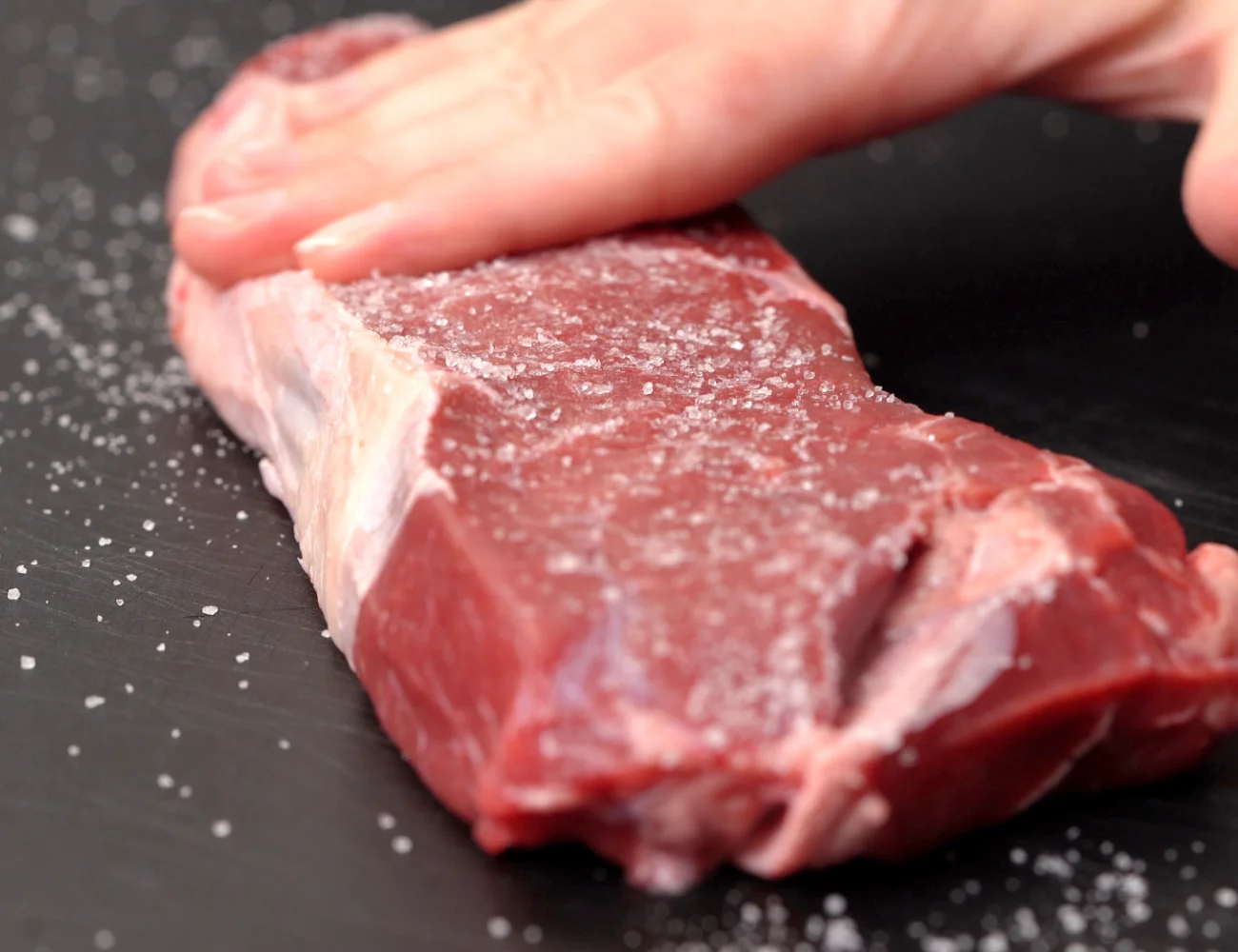
The True Benefit of Searing: The Maillard Reaction and Texture Modification
Now that we’ve busted the sealing-juices myth, let’s explore the actual benefits of searing. The true magic of searing lies in its ability to impart flavor and alter texture, both of which can significantly enhance the eating experience.
The flavor enhancement can be attributed to the Maillard reaction. Named after the French chemist Louis-Camille Maillard who first described it in the early 20th century, the Maillard reaction occurs when the amino acids and sugars on the surface of the food react under high heat. This reaction leads to the production of hundreds of different flavor compounds. Some of the major ones include furanones, which contribute to the sweet, caramel-like flavors, and pyrazines, which provide the roasted, nutty notes.
Apart from the flavor, searing also changes the texture of food. The high heat causes the proteins in the food to denature and re-coagulate, forming a crust. This crust provides a textural contrast, a pleasing crunch that contrasts with the tender interior. When you bite into a perfectly seared steak, the combination of the caramelized crust and the juicy inside creates a symphony of textures in your mouth – a symphony that is as delightful to experience as it is complex in its creation.
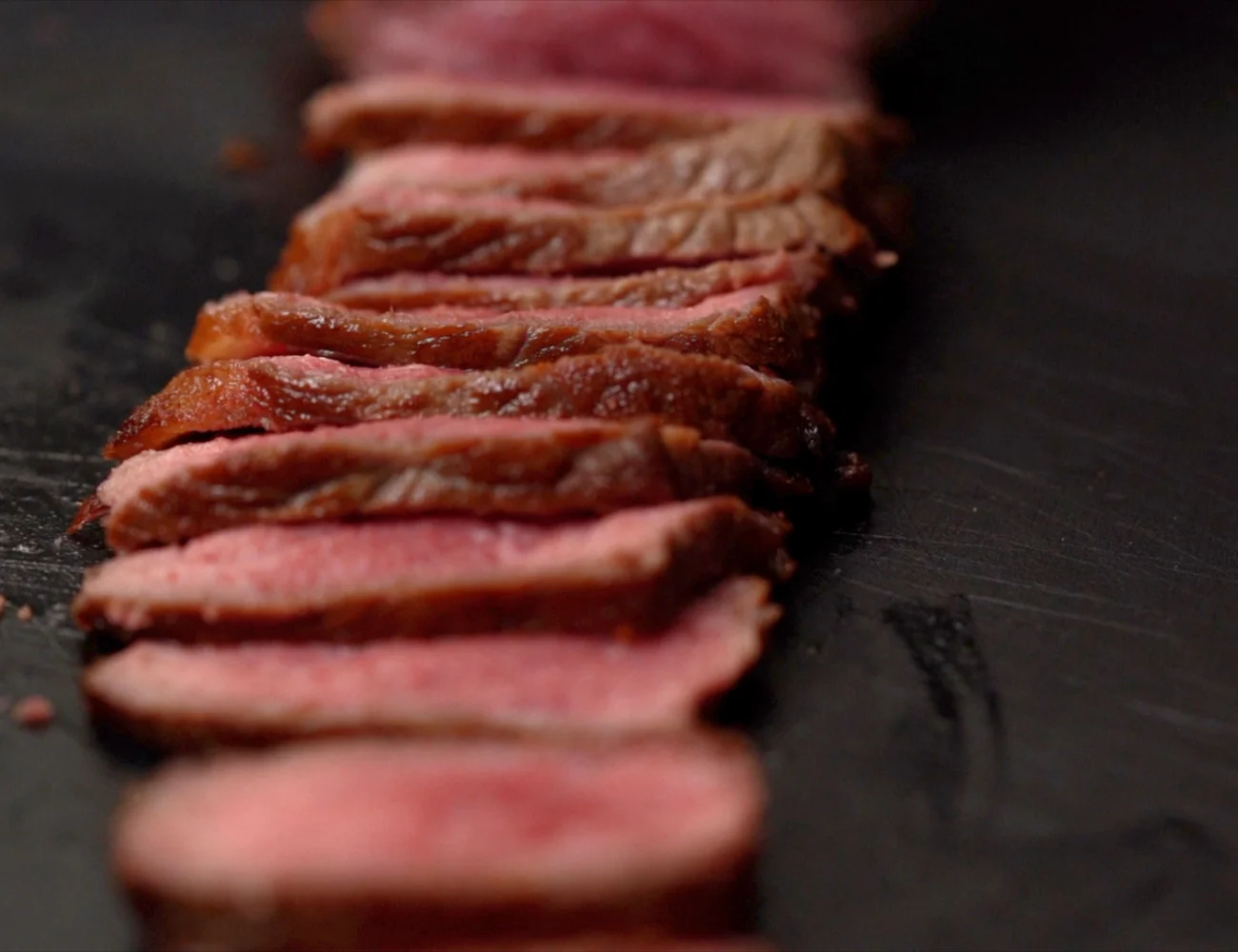
In conclusion, searing is not about sealing juices, but about a transformative culinary process that enhances flavor and texture, creating a gastronomic delight. It’s a testament to the beautiful interplay of science and art in the kitchen, where the laws of physics and chemistry are harnessed to create a sensory feast. To master the art of searing is to conduct your own culinary symphony, one that promises a flavorful crescendo with every bite.
